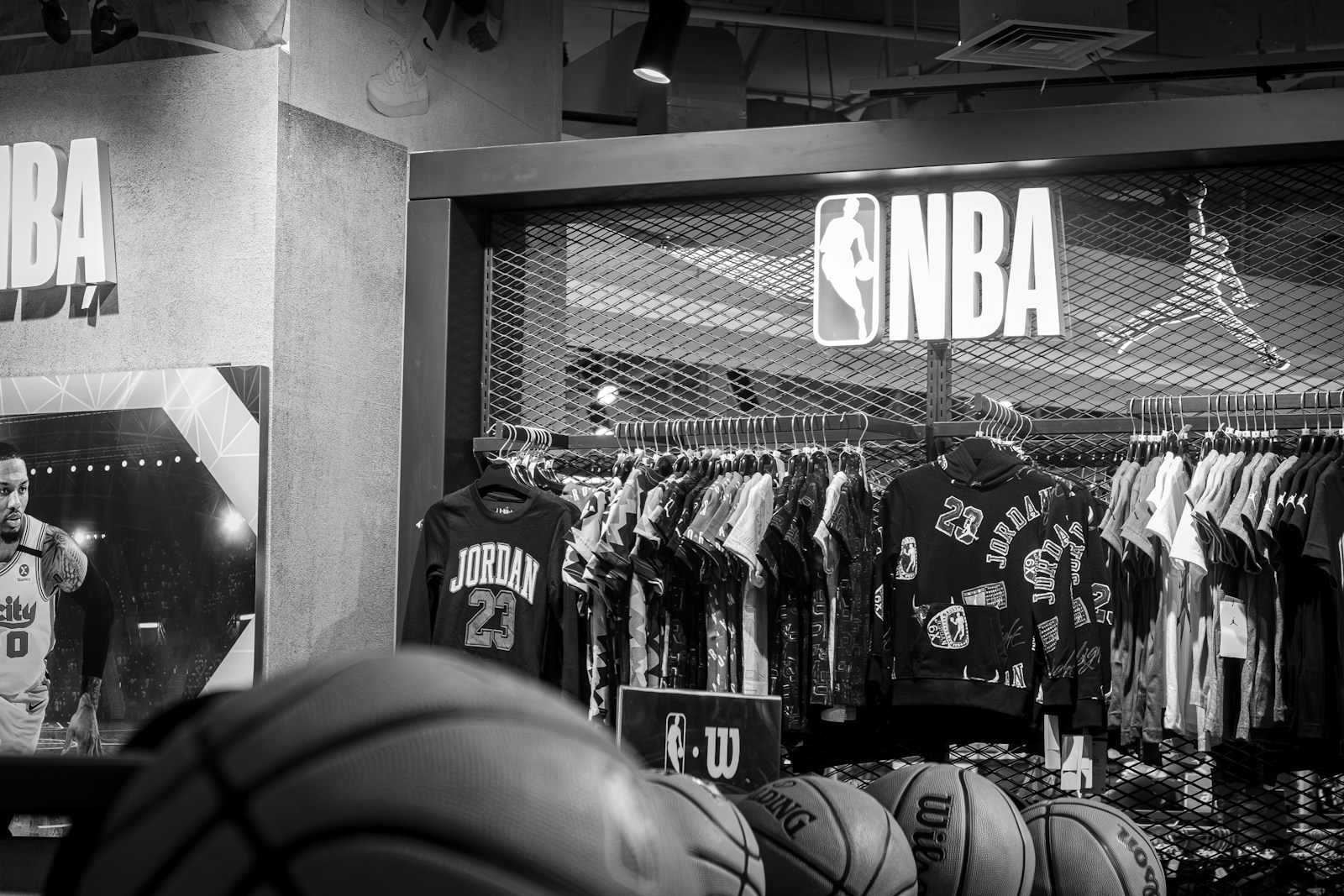The Second Apron: How the NBA's New CBA is Forcing Superteams to Break Up

For the past fifteen years, the path to an NBA championship has followed a clear formula: assemble a "superteam" of three or more max-salaried superstars and overwhelm the rest of the league with sheer talent. From the Miami Heat's "Big Three" to the Golden State Warriors' dynasty, this approach has defined the modern era of professional basketball.
The league's new Collective Bargaining Agreement (CBA), which came into full effect in the 2023-2024 season, is a direct and aggressive assault on this team-building philosophy. And its primary weapon is a complex but brutally effective financial instrument known as the "second apron."
A Tax Designed to Be Punitive
To understand the second apron, you first have to understand the NBA's salary cap system. The league has a "soft cap," which teams can exceed to re-sign their own players, but they are penalized with a "luxury tax" for every dollar they spend over a certain threshold.
The new CBA has created a series of much more punitive tax levels above that initial threshold. The most important of these is the "second apron," a spending level set approximately $17.5 million above the luxury tax line. For teams that cross this line, the financial penalties are severe. But the real teeth of the second apron are the team-building restrictions it imposes.
A team over the second apron is effectively placed in a straitjacket. They are forbidden from:
- Aggregating player salaries in a trade to acquire a more expensive player.
- Using their taxpayer mid-level exception, a key tool for signing quality free agents.
- Signing players from the buyout market.
- Taking on more salary than they send out in a trade.
In short, once a team is over the second apron, it becomes almost impossible for them to improve their roster.
The End of the Arms Race
This is not a bug; it is the central feature of the new agreement. The second apron was designed by the league and the owners to restore a greater degree of competitive balance and to put an end to the "arms race" that saw a handful of wealthy, big-market teams dominating the league.
The effects of this new system are already being felt. Teams like the Golden State Warriors and the Phoenix Suns, who were built on the old superteam model, are now facing a series of incredibly difficult financial decisions. They are being forced to dismantle their expensive rosters, trading away key players to get under the punitive second apron.
The new CBA fundamentally changes the calculus of team-building. The goal is no longer to simply acquire as many stars as possible. The new goal is to build a deep, balanced, and cost-effective roster that can win without crossing the dreaded second apron. It places a new premium on drafting well, developing young players, and finding undervalued talent in free agency.
A Victory for Small Markets
This new system is a major victory for the league's small-market teams. It is designed to prevent the biggest markets, like Los Angeles and New York, from simply outspending their smaller rivals for top talent.
The era of the superteam, as we have known it, is likely over. The NBA's new financial reality is one of forced parity. The second apron is a financial instrument, but its goal is a competitive one: to create a league where every well-run team, regardless of its market size, has a legitimate chance to compete for a championship.



